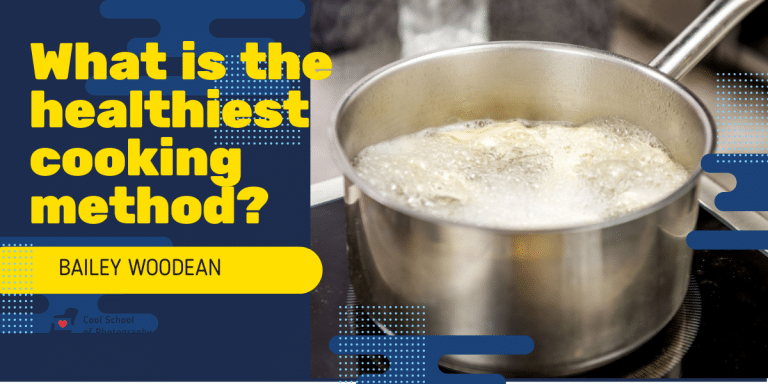
Exploring each cooking method and figuring out which is really the healthiest!
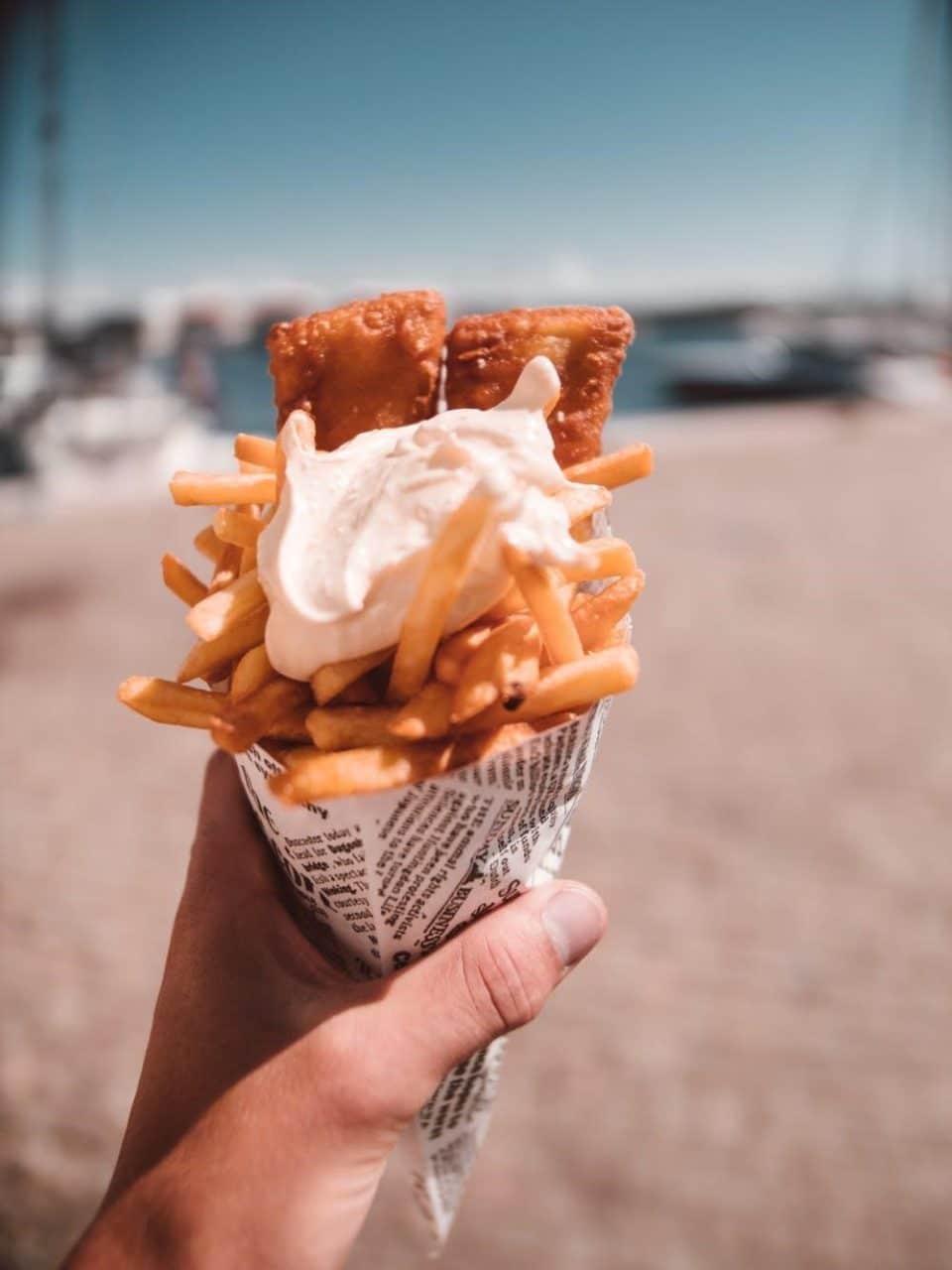
Deep-frying
What is deep-frying?
Deep frying is described as a cooking method in which food is placed into a metal basket and carefully lowered into a deep container of hot oil to be cooked. Deep frying is a relatively quick method of cooking food and is very popular with food trucks, pubs, fast food restaurants, and nearly any place that sells French fries.
Nutrition facts
The calories and fat content will generally depend on the type of oil that you are using and if the food you’re cooking is battered. For example, canola oil is one of the most widely used oil for deep frying and it will add 124 calories per tablespoon to your dish! The calories and fat added to the dish from the batter will depend on the type of better used, how much is used, and how big of a portion you receive. Generally speaking, deep-fried foods are highly regarded as “bad” for you and therefore this is possibly the worst cooking method!
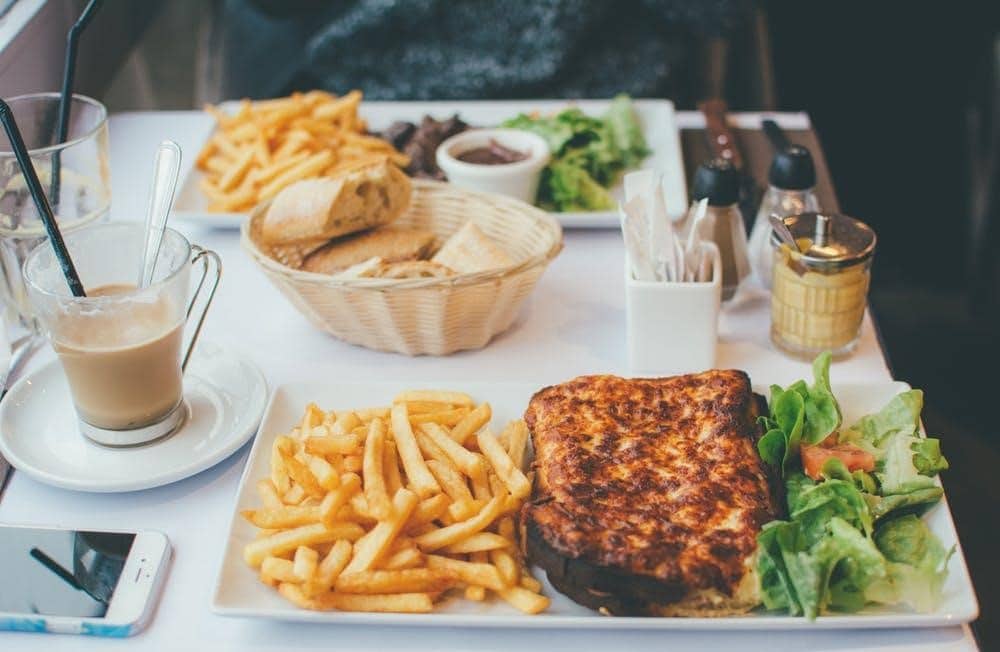
Broiling
What is broiling?
Broiling is an oven based method of cooking that requires the dry heat of the oven to cook the food. During the broiling process, the food is cooked on the rack set closest to the broiler at very high temperatures. This method is good for making the outer layers of food crispy once the insides are finished cooking from another method.
Nutrition facts
Broiling does not require the addition of oil or butter which means there should be no added calories and fat. However, if these foods are breaded then the breading or batter would add calories as previously mentioned.
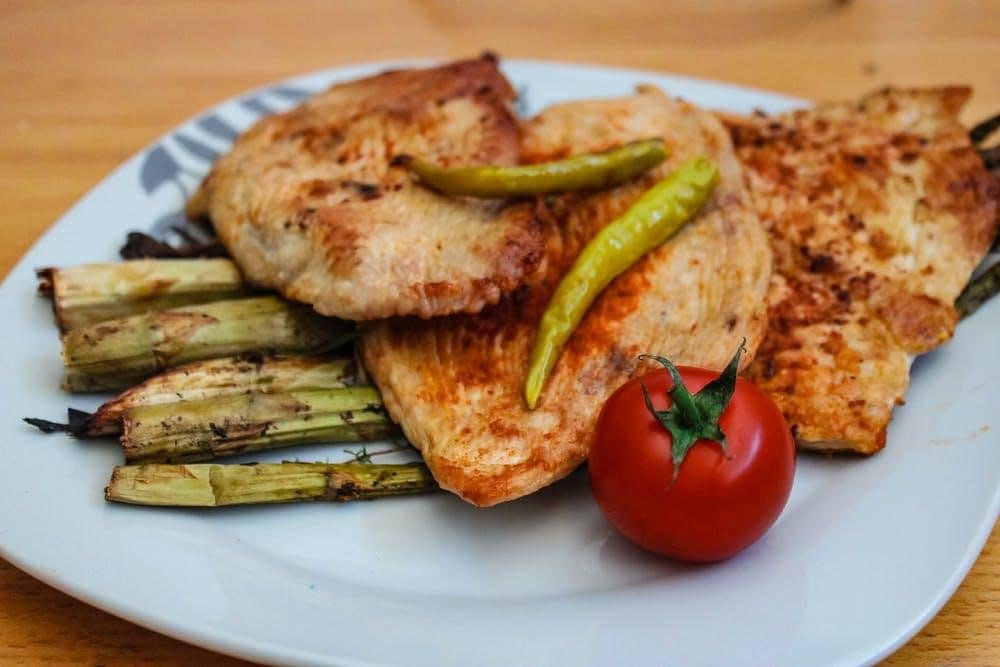
Baking/ Roasting
What is baking?
Baking is a cooking method that is similar to broiling in that it also uses the dry heat from the oven to cook the food. However, the food is typically cooked at a lower temperature than if broiled and the food is set on a rack near the center of the oven for even cooking.
Nutrition facts
As with broiling, baking does not require added oil or butter in order for the food to be cooked. However, you may add it for additional texture and flavor in the food. If you add oil, butter or any breading then there will be additional fat content and calories to the dish.
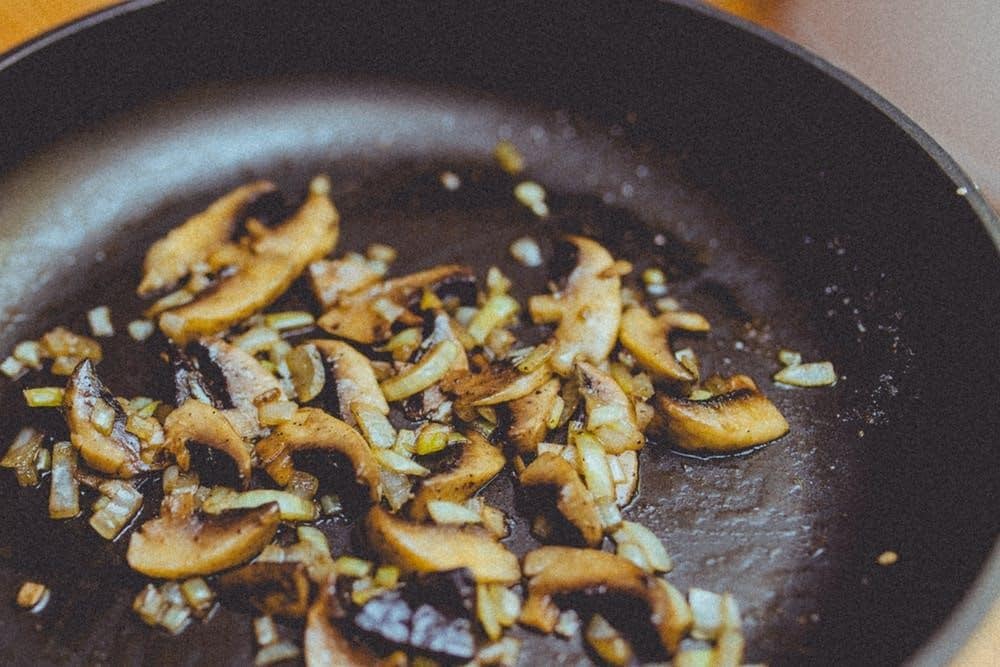
Pan Frying/ Sauteing
What is pan-frying or sauteing?
Pan-frying or sauteing are cooking methods done with a skillet or frying pan of some kind. This cooking method often requires the use of oil or butter in order to keep the food from sticking to the pan. However, non-stick pans or skillets may reduce the need for them.
Nutrition facts
If your pans are not non-stick or if your recipe simply requires the use of oil or butter then calories and fat content will be increased.
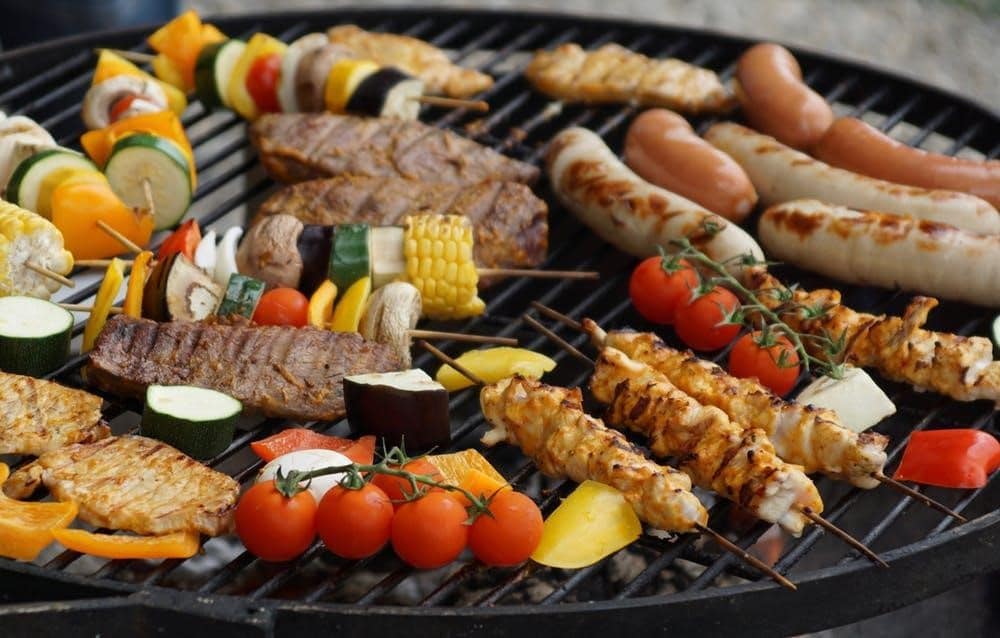
Grilling/ Barbequing
What is grilling or barbequing?
Grilling or barbequing are methods of cooking that involve direct heat from a flame to cook meat and vegetables quickly. This is often an outdoor cooking method that can be done over a campfire, on charcoal fueled grill or a propane fuelled grill.
Nutrition facts
Grilling is a healthier cooking method because of the oils and fats from the food drip off of it and down into the grill. Thereby leaving less liquid fat for you to consume. It is also said that when meat and vegetables are grilled they retain more of their nutrients.
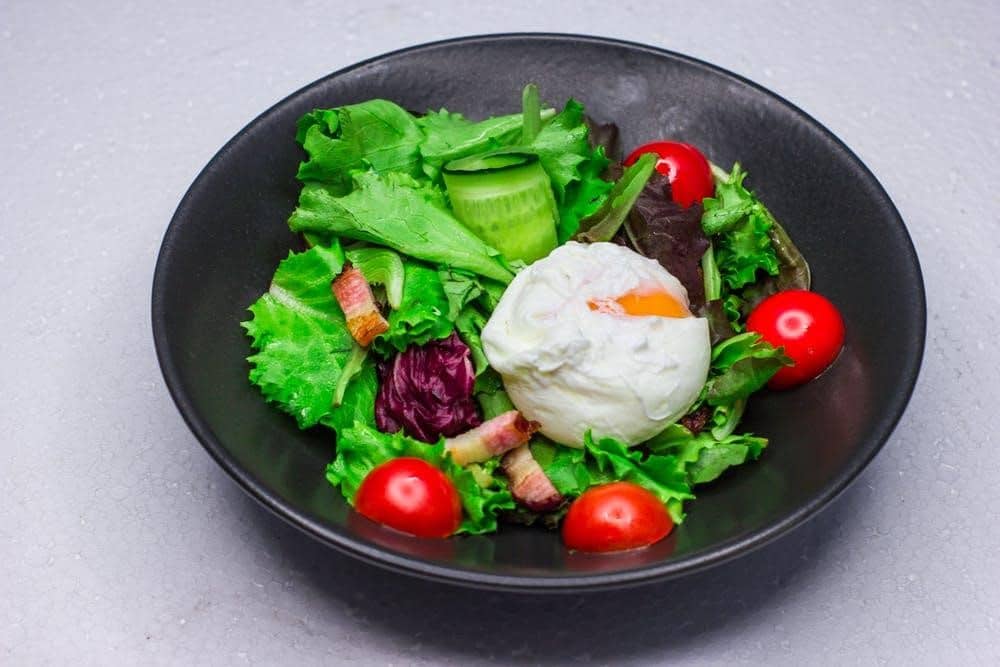
Boiling/ Poaching
What is boiling or poaching?
Boiling and poaching are slightly different cooking methods. Boiling is done at a higher temperature with more intense water action whereas poaching is done at a lower temperature and the food is cooked gently on “simmer”.
Nutrition facts
These methods of cooking are considered one of the healthy options because they also do not require the use of oil or butter. The food is simply submerged into water set to a medium-high temperature and cooked by the water.
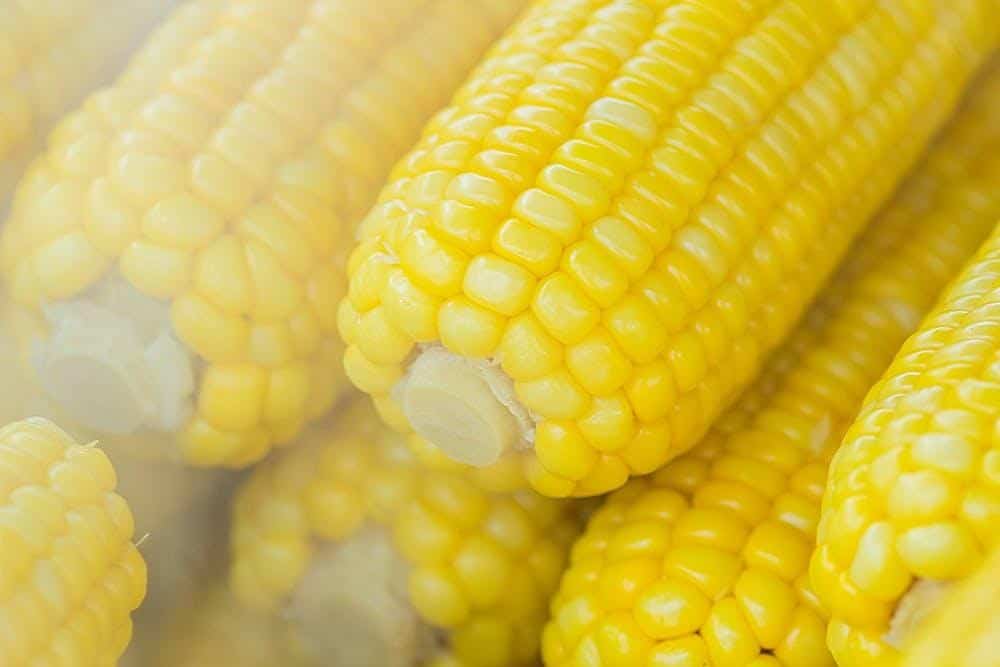
Steaming
What is steaming?
Steaming is a method of cooking that requires steam from boiling water to cook the food, without the food being submerged into the water itself. This is often done with a pot and a steam rack or a steamer.
Nutrition facts
Steaming is notably one of the best cooking methods if you are trying to make healthier choices. Steaming your vegetables is easy, tasty, and helps retain more of their nutrients than the previously listed cooking methods.
All hail the crowning winner!
In my opinion, steaming your food is likely the healthiest way to cook. However, any cooking method that doesn’t involve added oil or butter will likely be pretty healthy. It is important to always cook your food to the proper temperature to retain nutrition value, reach desired taste and texture, as well as prevent over or under-cooking (which can lead to further health problems).